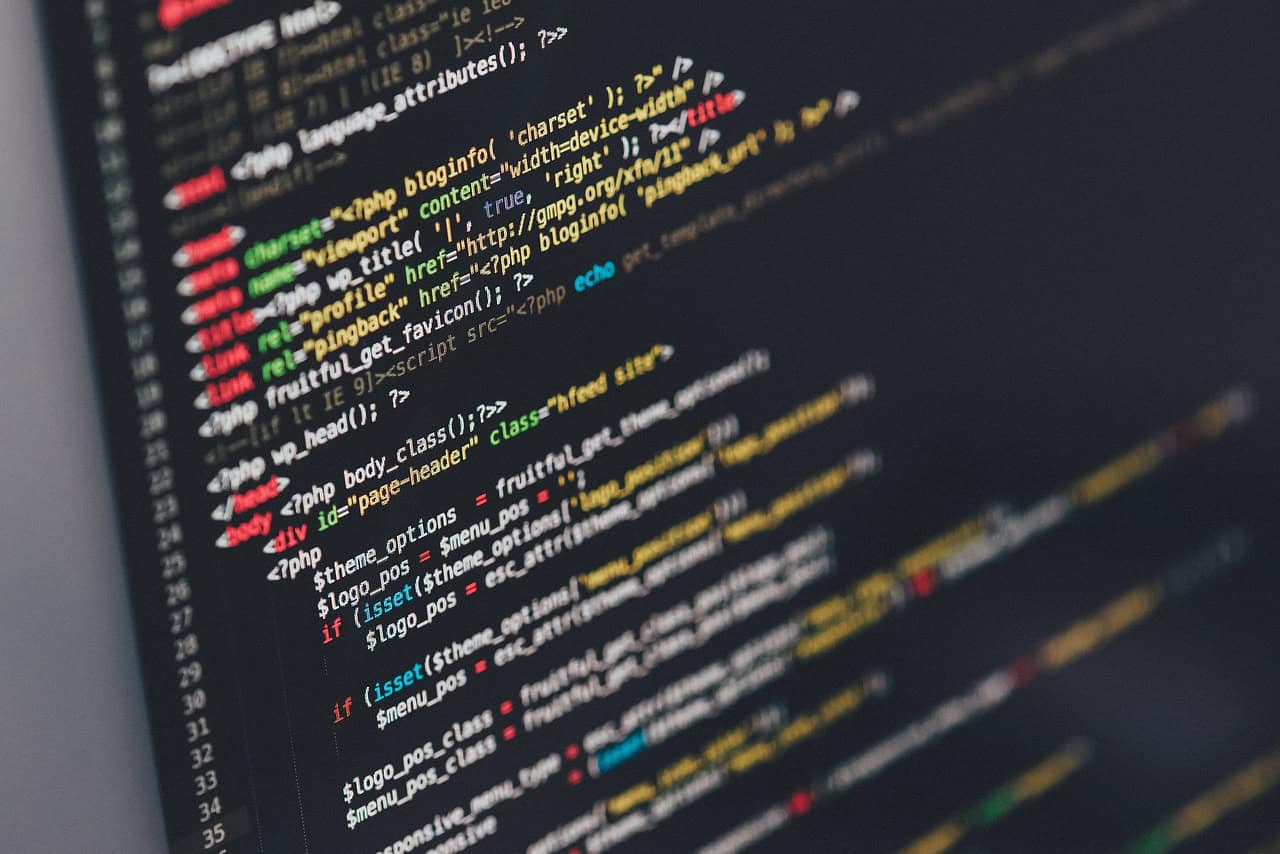A Comprehensive Guide to Python Web Development for Beginners
Python is a versatile and popular choice for building dynamic websites and web applications. Its robust ecosystem of frameworks, libraries, and tools simplifies the development process, making it an ideal language for both beginners and experienced developers. In this article, we will provide a detailed guide to help you get started with Python web development.
What is Web Development?
Web development involves creating websites and web applications using various programming languages, frameworks, and tools. It encompasses:
- Front-end Development (client-side)
- Back-end Development (server-side)
- Full-stack Development (both front-end and back-end)
What is Python Web Development?
Python web development involves using the Python programming language to build web applications. Python provides a wide range of libraries and frameworks that make web development easier and more efficient.
Why Use Python for Web Development?
Here are several reasons why Python is a great choice for web development:
- Easy to Use and Read: Python’s syntax is similar to English, making it easy for beginners to learn.
- Asynchronous Coding: Python handles asynchronous code efficiently, ensuring smooth execution.
- Flexible Programming Approach: Supports multiple programming paradigms, making it adaptable.
- Fast Development: Python allows for quick prototyping, which is ideal for startups.
- Object-Oriented Programming (OOP): Simplifies development with less costly and time-consuming processes.
- Rich Standard Library and Ecosystem: Features a vast array of pre-written code.
- Application Scripting and Software Testing: Useful for customizing large apps.
How to Use Python for Web Development
To begin with Python web development, follow these steps:
- Install Python: Download the latest version from the official website.
- Choose a Web Framework: Consider frameworks like Django, Flask, or Pyramid based on your project needs.
- Set Up a Development Environment: Create a dedicated project folder and use tools like `virtualenv` or `venv`.
- Configure Your Settings: Adjust your framework settings, including database and security options.
- Specify the Logic of Your Website: Design responses and create templates for web pages.
- Define URL Routes: Use framework tools to create URL routes.
- Connect Databases: Learn to handle SQL and NoSQL databases efficiently.
- Customize a Sales Funnel: Enhance key features that drive conversions.
- Test and Deploy: Test your application thoroughly before deploying it publicly.
Popular Python Web Development Frameworks
Here are some widely-used frameworks in Python web development:
- Django: Great for complex applications; provides an integrated authentication system.
- Flask: Ideal for small to medium-sized projects due to its lightweight and flexibility.
- Pyramid: Suitable for applications of all sizes, but has a steeper learning curve.
- CherryPy: Emphasizes stability and speed, but requires more complex configuration.
- Bottle: Best for small projects and quick prototyping, but lacks features seen in larger frameworks.
Tips for Learning Python Web Development
Here are some helpful tips to guide your learning journey:
- Start with the Basics: Learn Python syntax and core programming concepts.
- Choose the Right Framework: Select a framework that meets your project needs.
- Practice with Tutorials and Projects: Engage with real-world projects to solidify your skills.
- Join Communities and Forums: Connect with others in the field to gain insights and support.
- Read Documentation and Guides: Stay informed through official framework resources.
- Work on Real-World Projects: Enhance your learning by applying knowledge practically.
Conclusion
By following these steps and tips, you can effectively learn and master Python web development. With the right resources and dedication, you will be able to create dynamic web applications that meet user needs and push the boundaries of your coding potential. For further reading, check out this comprehensive guide for more insights and tips!
Projects and Applications in Python Web Development
Key Projects
- Project 1: E-commerce Website
This project involves developing a complete online store using Django. You can implement features like product listing, shopping cart, user authentication, and order processing.
from django.shortcuts import render from .models import Product def product_list(request): products = Product.objects.all() return render(request, 'product_list.html', {'products': products}) - Project 2: Personal Blog
Create a personal blog where you can post articles, and users can comment. This can be done using Flask, incorporating Markdown support for writing posts.
from flask import Flask, render_template app = Flask(__name__) @app.route('/') def home(): return render_template('home.html') if __name__ == '__main__': app.run(debug=True) - Project 3: Social Media Dashboard
Build a web application that aggregates data from various social media platforms and displays analytics using Pyramid. This project can introduce you to RESTful APIs.
from pyramid.view import view_config @view_config(route_name='dashboard') def dashboard_view(request): return {'message': 'Welcome to your social media dashboard!'}
Real-World Applications
Python web development is widely applicable across various domains:
- Content Management Systems (CMS): Websites like WordPress or Joomla can use Python frameworks like Django or Flask to manage content dynamically.
- Data Visualization Dashboards: Developers can create web applications for visualizing data analytics using libraries such as Plotly in conjunction with Flask or Django.
- API Development: Python is frequently used to build RESTful APIs that can supply data to front-end applications, enabling seamless communication between different services.
- Machine Learning Web Apps: Python’s data science libraries can be integrated with web applications to provide users with predictive analytics and machine learning insights.
Next Steps
Now that you have a solid understanding of Python web development, consider diving deeper into specific frameworks. Exploring Django or Flask further will enhance your skills and prepare you for more complex projects.
Additionally, check out our detailed guide on web development in Python to learn about best practices, tools, and resources that can help you along your coding journey.
Don’t forget to join communities and forums related to Python web development. Engaging with other developers can provide invaluable insights and support. Finally, start building your own projects to apply the concepts you’ve learned. The more you practice, the more proficient you’ll become!

2 thoughts on “Master Python Web Development: A Complete Beginner’s Guide to Building Dynamic Websites”
Comments are closed.